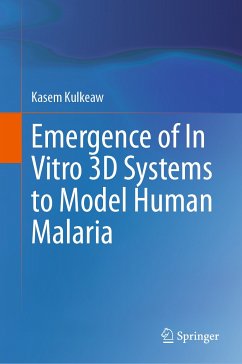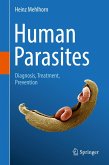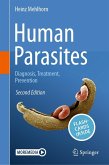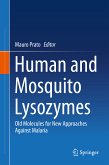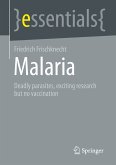This book illustrates the importance and advances of the disease model for malaria, a globally affected public health problem. This book provides comprehensive information on the malaria biology in a liver and all in vitro platforms for liver-stage malaria, including principles, protocols, applications for disease modeling and drug screening, and their limitations. The initial chapter describes the basis of stem cells in liver generation during development and in adults. The subsequent chapters highlight recent and emerging advances in liver organoid and liver-on-a-chip in modeling malaria. The book presents current protocols and methods to generate liver organoid and liver-on-a-chip together with their advantages and limitations. Toward the end, the book examines the humanized mouse model of liver-stage malaria using ectopic artificial livers regarding novel readout modalities. The recent advancement and challenges in combining liver-on-a-chip technology with biosensors are highlighted for assessing hepatocyte development viability and functions. The book elucidates the potential of these 3D models to understand the biological complexity of cellular and molecular mechanisms involved in Plasmodium development in the liver, toolboxes to investigate parasite deployment in the 3D models, and to implement in drug discovery. Finally, the book discusses the future directions and challenges in the applications of liver organoids and liver on-chip in the biology of live-stage malaria. This book is helpful for researchers and scientists in the field of parasitology, cell biology, tissue engineering, and pharmacology.
Dieser Download kann aus rechtlichen Gründen nur mit Rechnungsadresse in A, B, BG, CY, CZ, D, DK, EW, E, FIN, F, GR, HR, H, IRL, I, LT, L, LR, M, NL, PL, P, R, S, SLO, SK ausgeliefert werden.
Hinweis: Dieser Artikel kann nur an eine deutsche Lieferadresse ausgeliefert werden.

